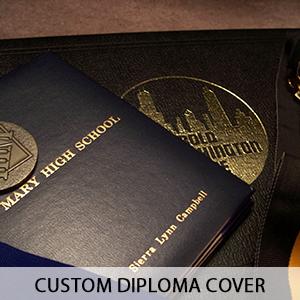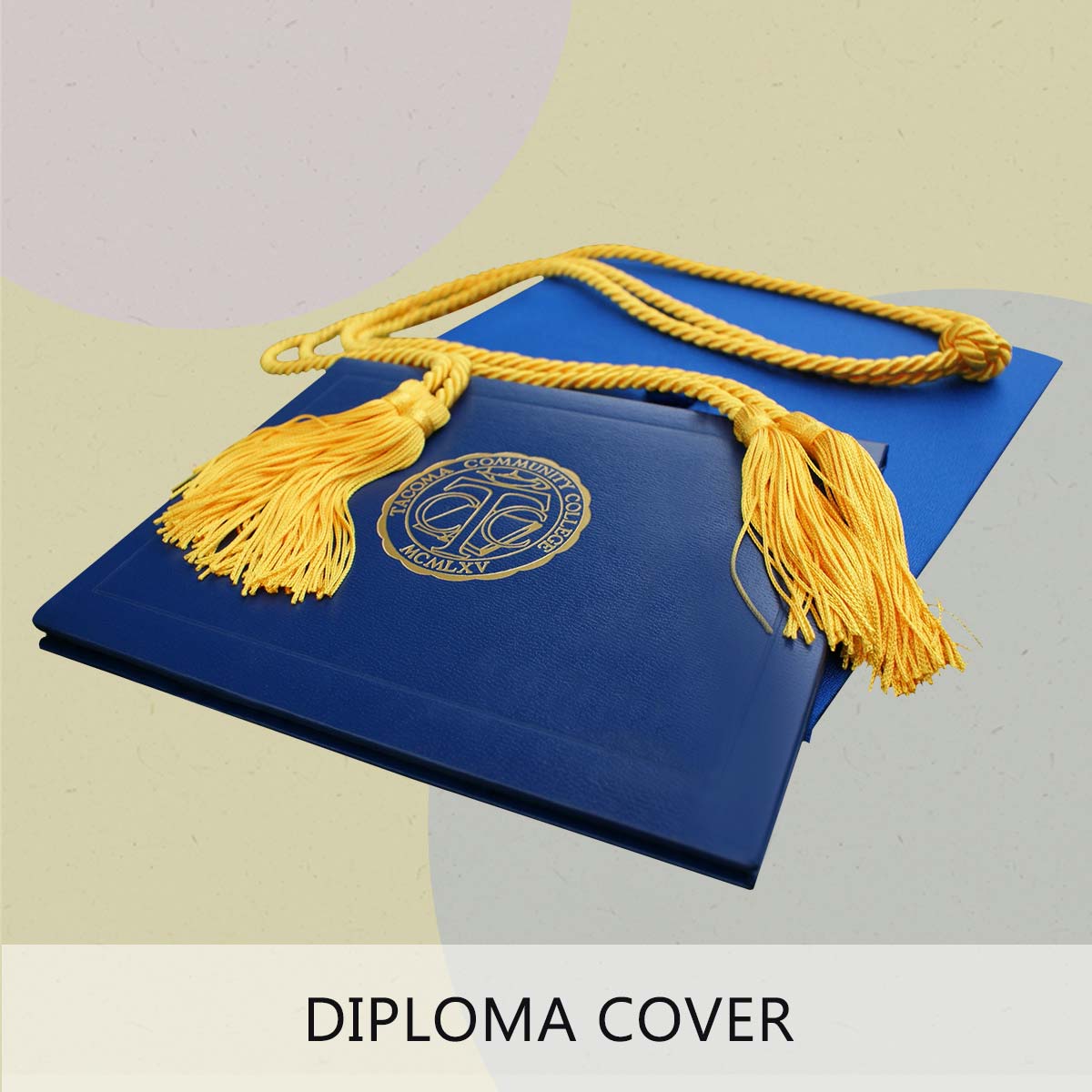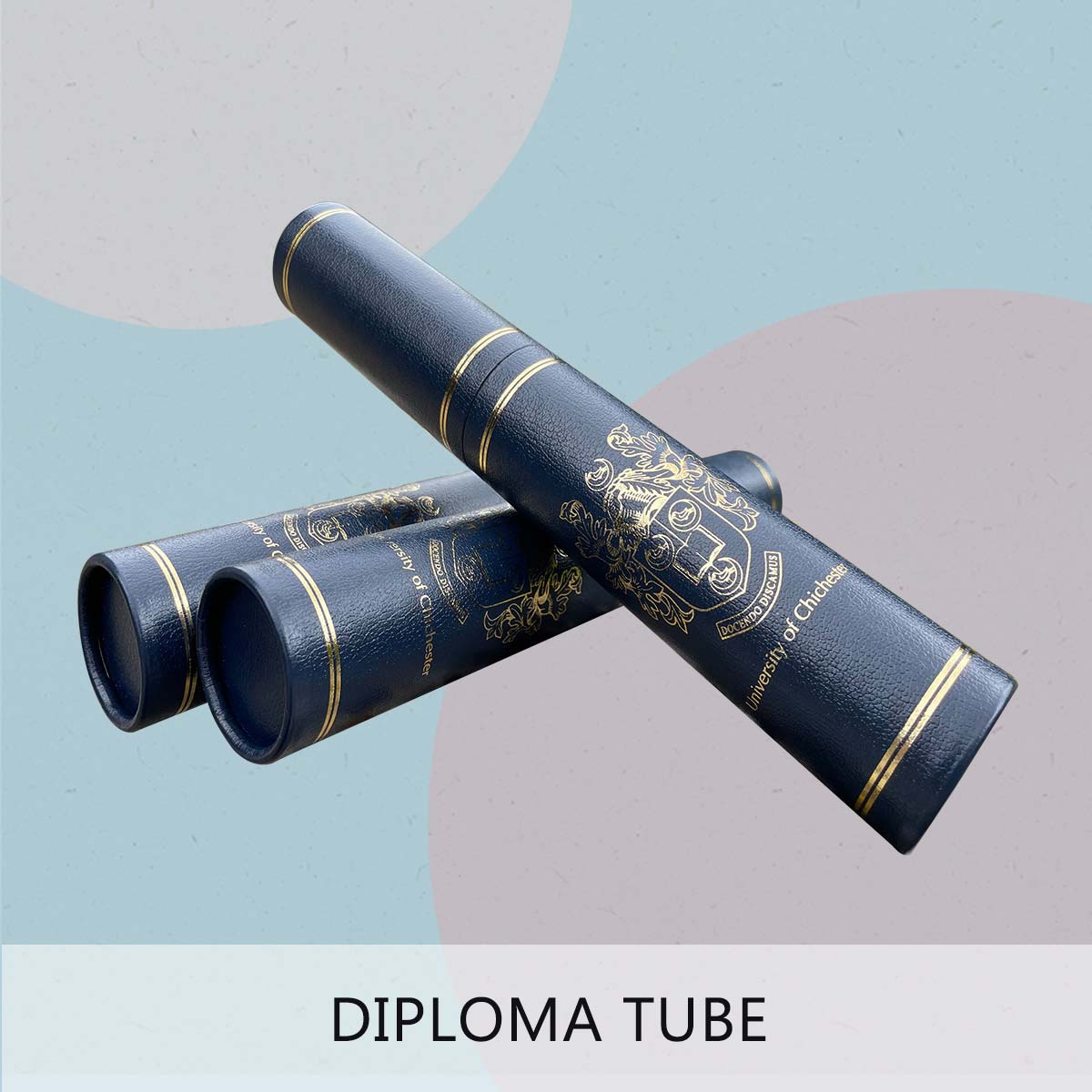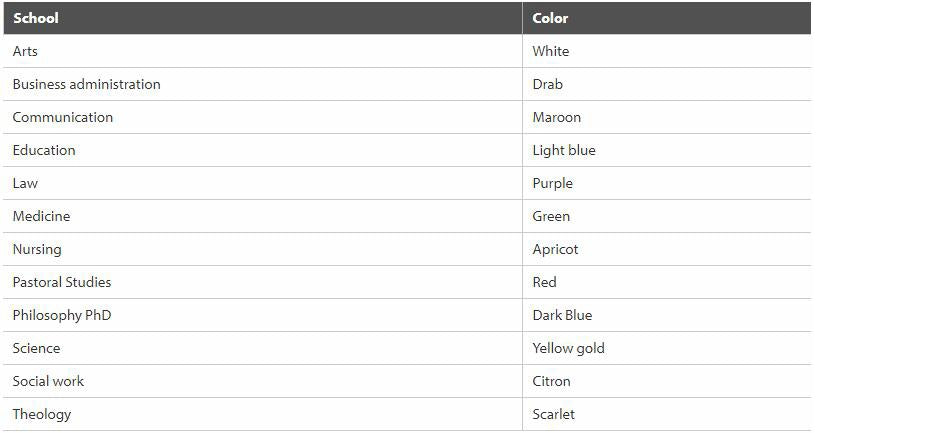As the graduation season comes, the colleges and universities are certainly the sea of graduation gowns, caps, sleeves and hoods in a rainbow of colors. All those meaningful symbolized designs of graduation garb in terms of colors, shapes, and ornaments indicates the next phase of the lives of young graduates are drawing near. Admittedly, the commencement is fairly thrilling and it can also be confusing to the guests of the ceremony when it comes to complicated robe styles as well as various colors. The following 3 aspects here are the main determinants which can enable you to decode the norms of dressing:
1. The American Inter-Collegiate Academic Costume Code
As early as 1893, there's a universal regulation on the details of academic regalia in the United States called the American Academic Costume Code. It has been constantly revised over the years to accommodate the addition of emerging majors and has been voluntarily chosen by a majority of institutions. The Inter-Collegiate Code regulates the color code seen in the shell material, interior lining, outer edge of the hood (trim), cap's tassel, and the stripes on the sleeves based on the field of study the candidate is earned (See the picture below). As the Code calls for, a graduation gown worn by the Bachelor has square or pointed sleeves and is designed to be worn closed. For a Master's gown, an oblong sleeve has been adopted. With regards to the Doctor's degree, the Code specifies the usage of the bell-shaped sleeves. Both Master's and Doctor's graduation gowns can be worn closed or open. Although there's no compulsory rule on the colors of clothes under the gown, the nationwide Code suggests graduates wear dark colored clothing (e.g. trousers, shoes, leggings, socks, etc.) to prevent from being seen outside of the graduation gown.
2. University Traditions
There are still a certain number of universities which have their own academic dress codes in consideration of the tradition and inheritance. Some even officially set up subsidiaries to exclusively design and manufacture academic wearings for their doctors, masters, upper degree holders, and bachelors. Besides, the latest version of the Inter-Collegiate Costume Code itself highlights that the possibility to enact enforceable rules on academic clothing ought to be kept as little as possible. Main deviations from the Code typically fall into the colors of gowns, pipings, and velvet trims along with the shapes of robes, and trims. For instance, Harward began using crimson gowns for its Ph.D. candidates and paired its bachelors' black gowns with crimson hoods. Rochester separates itself from the Code through the red robe for its president and the gold trim used on the black gown for some of its faculty. Syracuse puts all of its academic officers in orange gowns since 1950. Princeton created a black doctoral gown with orange trim and shorter orange-lining sleeves compared with the standard of the Code. Other Ivy League schools which adopted their own academic regalia guidelines include Yale, Columbia, Brown, Pennsylvania, and so forth.
3. The Creativity of the Graduates
It's always fun to add a little bit of your own personal style and uniqueness to your graduation cap with tapes, glue stick, cardboard paper, colored pencils, and other art supplies. By indicating the subjects, fraternity affiliation, school societies, or merely a simple "I made it!" with your elaborate DIY decorations on the cap, a ceremonial keepsake that expresses your pride and the mood of commencement has been crafted.






















Leave a comment
This site is protected by reCAPTCHA and the Google Privacy Policy and Terms of Service apply.